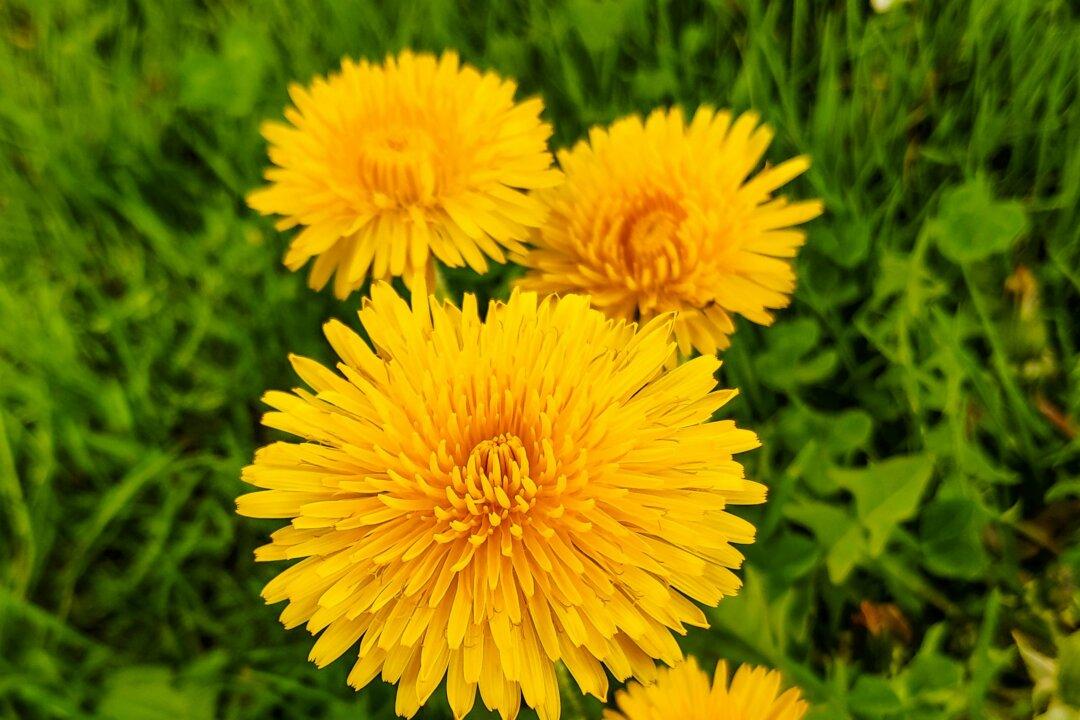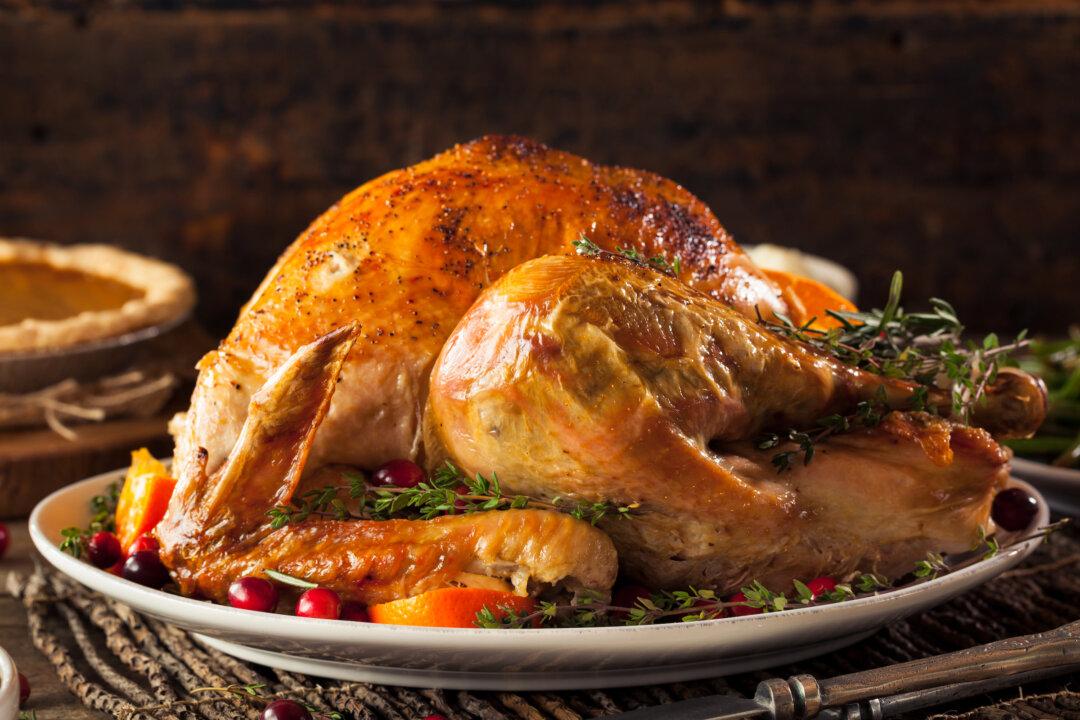DUTCHESS COUNTY, N.Y.—When the first whispers of warm weather arrive and rainfall dampens the soil, a special legion of mushroom hunters quietly take to the woods. They’re careful not to leave tracks. They park on one side of the mountain and head for the other. They go alone or in small groups, and hide from sight when others approach. Their eyes scan the floor for treasures.
Their objective: the elusive morel, the honeycomb-capped darling of the fungi world.






